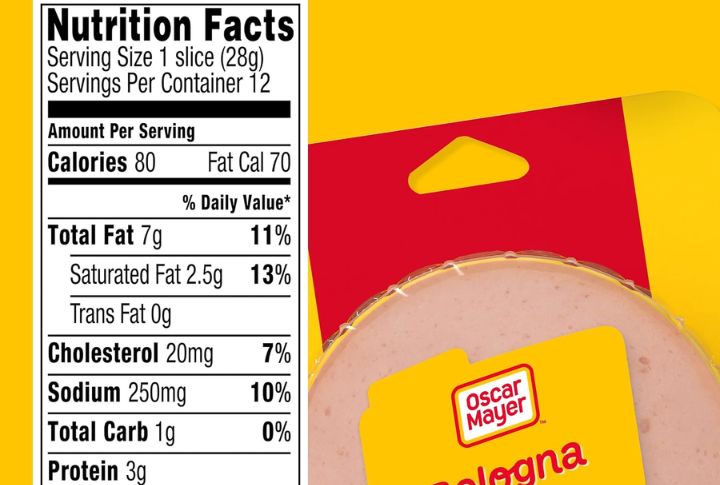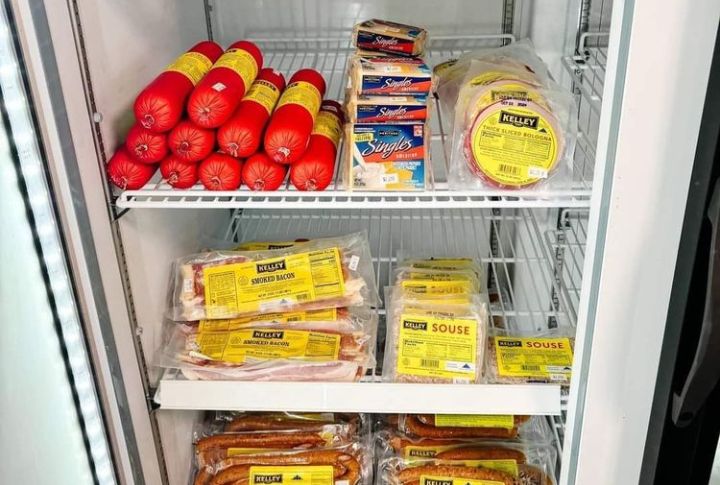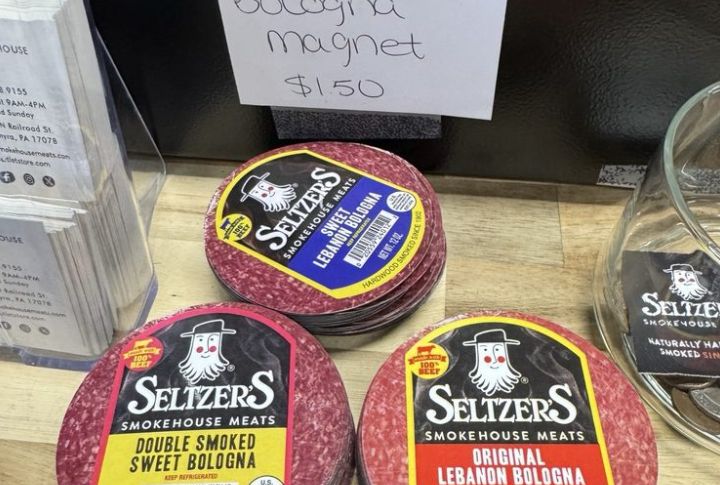
Bologna is simple to make. That’s what makes it great. It’s also what makes it easy to mess up. A few overlooked details lead to dull flavor, bad texture, and wasted potential. For years, most people have continued to make the same mistakes, unable to realize the true flavors of bologna. Although these mistakes may sound familiar, they are easier to fix than you might think. Here are 10 common mistakes and what you should do instead.
Ignoring Ingredient Labels

Not all bologna sausages are created equal. Many budget brands rely on meat by-products, sodium nitrite, and artificial fillers that affect both flavor and health. Skipping the ingredient list may mean consuming low-quality meat. Look for products with whole cuts, minimal additives, and simple, recognizable components.
Not Searing It Properly

Bologna straight from the package lacks depth in texture and taste. To improve the taste, sear it in a pan until the surface is rich and crispy. With medium heat, the sides can get crunchy while the inside stays soft.
Storing It Incorrectly

If you don’t store it properly, it goes bad quickly, which lowers both safety and taste. To keep bacteria at bay, bologna should be stored in the fridge at 40°F or lower at all times. If you leave it out in the air, it will change color, get slimy, and smell bad.
Overlooking High-Quality Protein

It often carries a reputation for being overly processed, but healthier options exist. Your unhealthy fat intake goes down when you choose brands that use lean foods like turkey or chicken. Know the protein content, alongside its sodium and additives, to distinguish healthy meats from processed ones.
Keeping Sandwiches Too Basic

When it comes to flavor, Bologna sandwiches frequently lack variety, which restricts their potential for improvement. Fresh ingredients like pickles, chopped tomatoes, or crisp lettuce make the texture and contrast better. To offset the richness and spice up each meal, spread mustard or a tart sauce.
Not Testing Before Cooking

To fine-tune the spice and texture of the dish, try to cook a small portion first. Not all recipes will work with certain brands because of their different salt and fat contents. If you skip this step, your food may be salty, tasteless, or even have an unpleasant flavor that will be hard to rectify.
Using The Wrong Cooking Temperature

Cook at medium heat to caramelize the meat and ensure it does not get dry. When you put cold bologna directly onto a very hot pan, it cooks unevenly, and the sides get tough. By cooking it slowly, you can keep its natural juices and flavors intact and prevent it from burning.
Misunderstanding Its Origins

Bologna sausage originates from Mortadella, a premium Italian deli meat with deep culinary roots. The American version differs in production but still maintains a connection to the historic Italian delicacy. When you learn about its history, you can appreciate its potential as a cuisine that goes beyond sandwiches.
Eating It Past Its Shelf Life

Bologna may look fine past the expiration date, but spoilage bacteria can still grow even if it smells normal. Slimy texture, discoloration, or sour odor are warning signs. Deli-sliced versions spoil faster than pre-packaged ones. Always check the sell-by date, and consume opened bologna within 5–7 days for safety.
Microwaving It Without Prep

Microwaving bologna without cutting the edges leads to puffing and curling, resulting in a rubbery texture and uneven heating. Making small slits around the perimeter before cooking allows it to stay flat and heat more evenly. The simple step improves both consistency and presentation.
Leave a comment